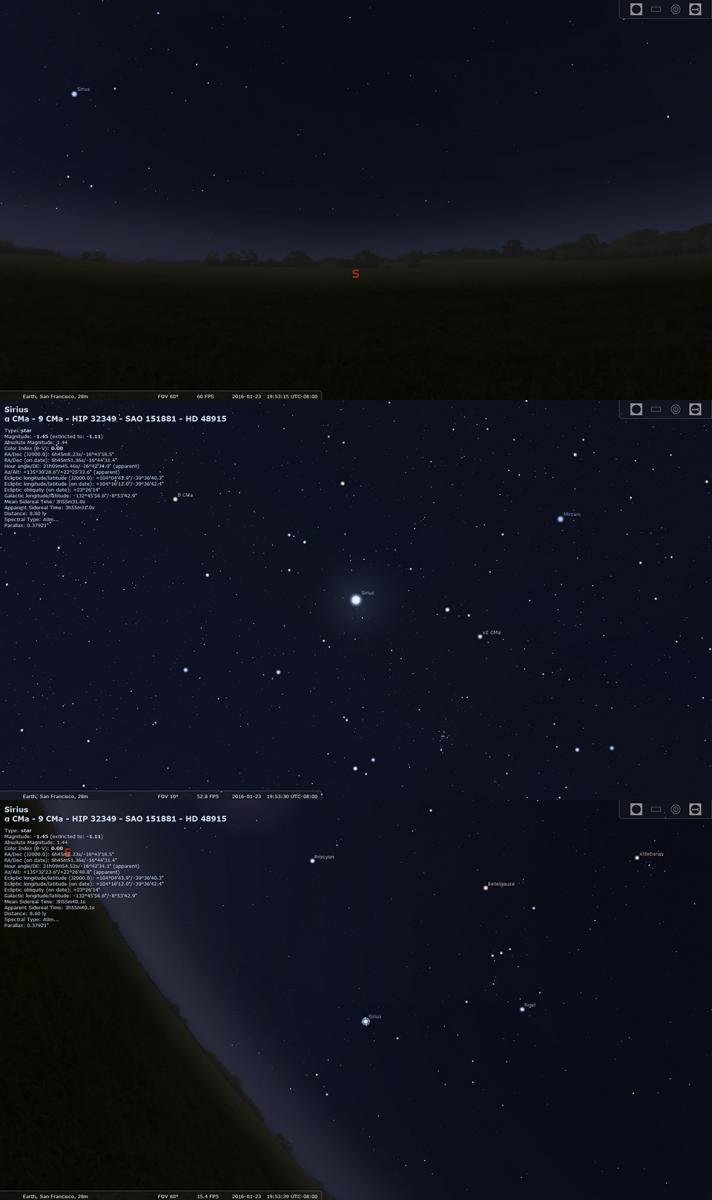


This is the practice of photographing the planets and other major objects in our solar system. To photograph the sun you need solar viewing glasses so that you can look at it to aim your camera at the bright sun and specialist solar filters to be fitted on the lens.Īlso part of solar system astrophotography is planetary astrophotography. The process of capturing the Milky Way adds a fair bit of work and planning as opposed to just capturing a regular starry sky on a clear night but the results can be astounding and extremely rewarding when it pays off. Landscape astrophotography can even be done with a good smartphone camera, but most commonly (and most effectively) it will be done with a good DSLR or mirrorless camera fitted with a wide-angle lens.įrequently, landscape astrophotography will involve capturing our galaxy, the Milky Way, above the Earth. Landscape astrophotography is the most popular type of astrophotography because it can be done with relatively little equipment – just a good camera, lens, and tripod – that can be used for regular photography, is really all you need to get going. There are few people that cannot be blown away by an image of the Milky Way over a lake or mountain. In addition, the increasing popularity of photography as a hobby, and improvements in technology making equipment cheaper and accessible to more people contribute to this. Landscape astrophotography can produce stunning images that can be appreciated by just about anyone and are growing in popularity due to the growth in image-sharing platforms like Instagram.

A great example of landscape astrophotography by photographer Ivan Slade.


 0 kommentar(er)
0 kommentar(er)
